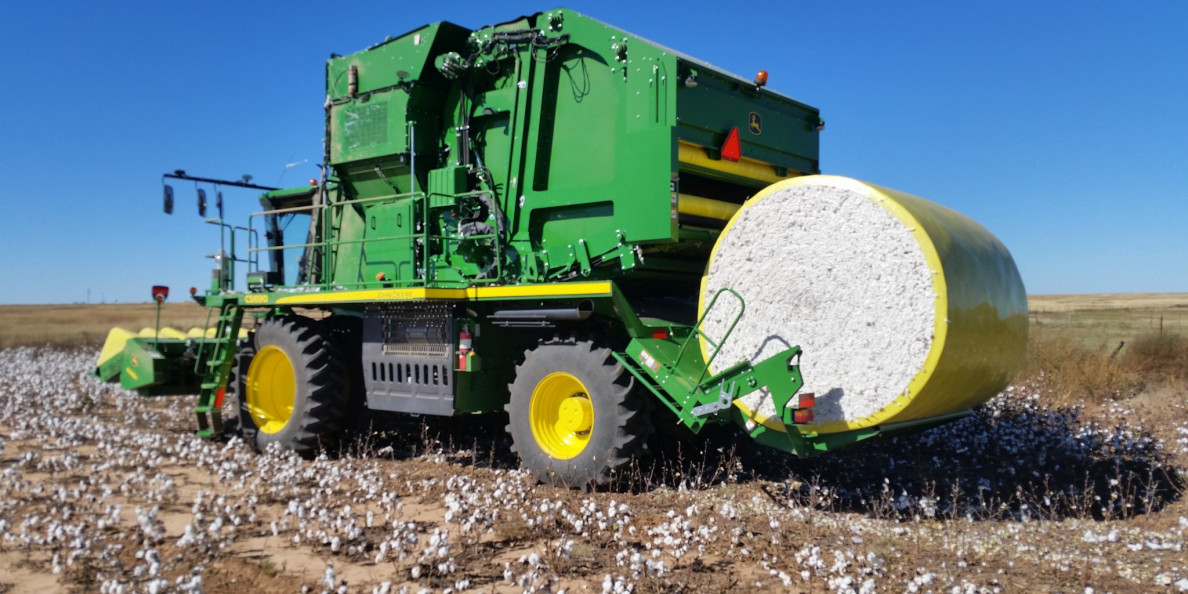The USDA World Agricultural Supply and Demand Estimates for October contained a couple of surprises. The revisions of the 2018/19 world cotton numbers included a large — and long-awaited — revision to India’s historical balance sheets covering 2002-2013 crops.
For the 2018/19 balance sheet, this was reflected by a 2.9 million-bale month-over-month reduction to Indian carry-in stocks. This cut went straight to the bottom line, reducing Indian and foreign ending stocks. World production was cut 310,000 bales, mainly from a half-million bale reduction in Australia that outweighed smaller increases elsewhere. World consumption was reduced by 180,000 bales, mainly in Turkey.
The bottom line of all these adjustments was a fundamentally bullish 3.01 million bale reduction in world ending stocks, month-over-month.
The October revisions to 2018/19 U.S. cotton involved another surprising, albeit small, increase in U.S. supply. This adjustment was attributed to production increases in Texas and Georgia (pre-Hurricane Michael) that outweighed post-Hurricane Florence reductions in the Carolinas. U.S. 2018/19 exports were reduced by 200,000 bales to reflect lower world trade and consumption.
FUTURE PRODUCTION CUTS
The bottom line of these changes was a month-over-month upward adjustment from 4.7 million to 5.0 million bales of ending stocks. This adjustment would have bearish implications, according to theory and history, although the minor market response appeared to discount this report on the likely expectation that damage from Hurricane Michael will result in future cuts to U.S. production.
Πηγή: Southwest Farmpress

